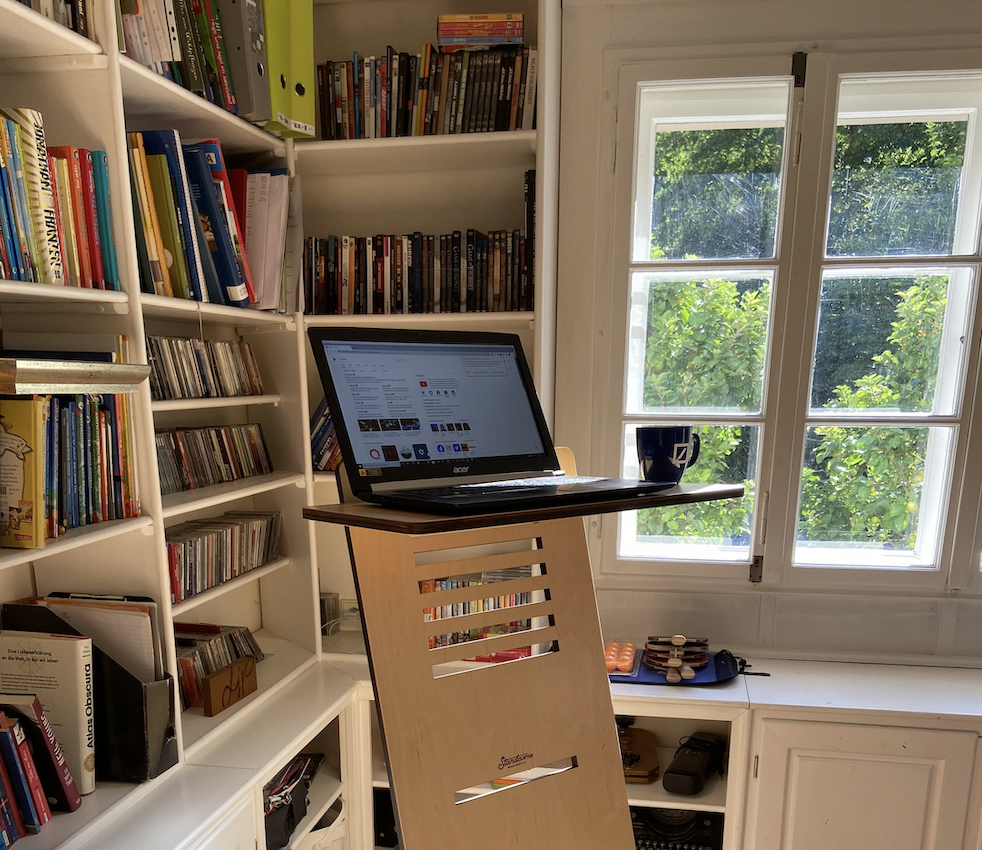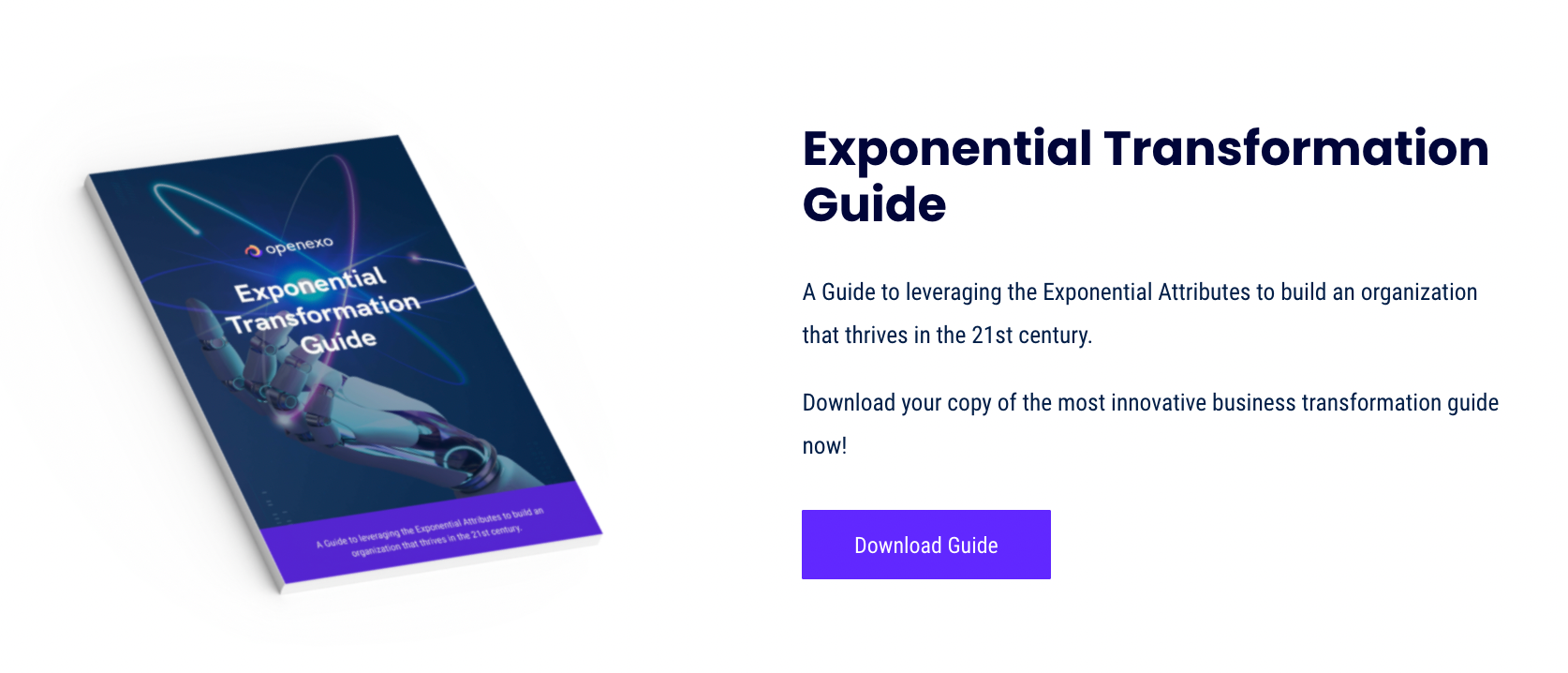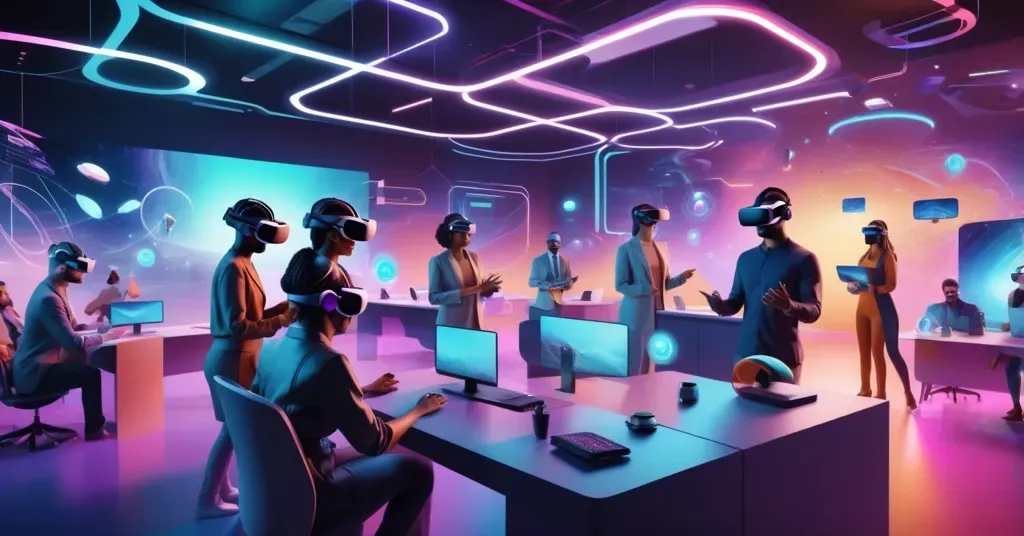
Employee Centricity Alone Might Not Prevent Great Resignation
We are in a transitional period toward new organizational architectures. The next significant innovation will not be technological, but in the way, we organize our potential.
This article was originally posted as a video-recorded intervention at the HRComm conference by Digital University.
There is a growing gap between the world outside and the inside of our organizations. My thesis is that the ever-increasing gap is fueling great resignation. So what is that gap, and what can we do about it?
Confinement was an excellent opportunity to re-evaluate our purpose, priorities, and expectations. If anything, the pandemic gave us plenty of time to reflect on them individually. And now the confinement is over, it is time to take that conversation inside the organization and re-evaluate priorities and certainties that were foundational.
As we rethink where, how, and why we work the way we do, some companies are taking an employee-centric approach to improving retention and engagement. For example:
- Embracing flexibility
- Offering career growth opportunities
- Expanding company wellness policies
- Strengthening manager direct report relationships
They all make sense. But I would argue that these measures do not pair with the speed of the changes we are experiencing.
"If the rate of change on the outside exceeds the rate of change on the inside, the end is near." – Jack Welch.
Moreover, the depth of the changes is probably greater than we imagined. There might be more profound logic we need to observe to prevent the high turnover. So let's address some of that logic.
To begin with, the organizations we work in should reflect the type of work we do. That seems like a fine aspiration. During the industrial revolution, the main innovation was the assembly line, the challenge was to scale efficiency and control, and hence the best-suited approach was the hierarchy. Organizational silos were a necessity. We now think of it as a negative term, but it was critical to growth for many generations. But we no longer work in assembly lines, do we? Today we are used to hitting keys on phones and laptops. Today's workplace is network-based. The Center of gravity has moved away from the assembly line to the network, but for the best part, our organizational architecture has not. We are still very hierarchical all across the board, and in general, management is highly bureaucratic.
Each department works for itself; they are judged by their performance. Sales make a deal and toss it to production. The production tries to run with the all but by doing something that clashes with marketing. Marketing has its battle with finance, and finance fights everyone.
That needs some rethinking. And actually many people are working on alternatives. Tonny Oettinger said: "Digital technologies are the solvent leaching** the glue out of our institutions." We are in a transitional period toward new organizational architectures. The next significant innovation will not be technological, but in the way, we organize our potential. But we still don't have a clear image of what that looks like, and that is a problem that generates uncertainty.
So we tend to go back again and again to the hierarchical organizational architecture because it is much easier to communicate and understand than a fuzzy network of dependencies. Pity, we know that will not work,
Another fine aspiration is that our "work" should evolve as technology advances.
Marc Andressen warned us some 15 years ago. Software is eating the world, he said, But I don't think we understood the extent to which that statement would be true. Today everything is being digitized:
- First communication, software, or information-enabled products and services
- Now, knowledge is digitized with AI and Integrated knowledge management systems.
- Trust becoming code and being digitized,
- Property being tokenized, fractionalized, financialised, and having greater liquidity than ever because it is digital.
- New Digital ways to store value, the digital replacements for gold, and the CBDC Central Bank Digital Currencies, becoming precisely digital currencies.
- Identity and presence being digitized, virtual reality and augmented realities, and the metaverse changing the rules of engagement and amplifying the sense of presence
- Also, digital twins, actual collaboration pipelines between manufacturers and clients, and digital replicas are becoming more valuable than the physical model they represent.
To the extent that everything is digitized, we have to ask ourselves, what is the natural environment of the digital? Is it the office?
And for this last section, I want to reflect a little bit on the office. We have seen some arguments suggesting maybe the office is not the best fit for our everyday work. Brian Chesky, CEO of Airbnb, stated recently that working in the office is already a relic of the past, an anachronistic form that corresponds to a pre-digital era. "I think the office as we know it is over. We have to move on. We can't try to hold on to 2019 any more than 1950."
I happen to be an architect; I have designed and built several offices others have tagged and published as creative spaces. You can imagine I am pretty curious about the topic.

Pevasa Office, Bermeo Spain, by Diego Soroa, published in C3 Architectural Magazine # 382 The Creative Workplace ISBN: 9772092519005-382
In this sense, Brian Chesky added: "If the office did not exist, I like to ask, would we invent it? And if we designed it, why would it be developed? What do you think?
The benefits of hybrid or remote for workers and talent attraction are obvious, so I will not jump into them. But can we make a blank statement such as that? Probably not. It probably depends on your industry, your sector, and your specific activity.
If your concern is productivity, McKinsey published a paper called the "Business Case for Remote Work" that I would strongly recommend. The claim is that during the pandemic, productivity went up as employees switched to remote work. But still, many people are not convinced. "it is half productive." Half productive, that is not what the numbers say.. And why half as effective? If your employees can't be trusted, they won't become trustworthy in the office.
But still, there might be some irreplaceable things from the physical. Let's analyze some of them.
The cafeteria or the water cooler might be very beneficial. We can argue that systematic interactions are important for camaraderie and culture. But are we going to invest in an office to mingle in the cafeteria? Probably not, given a choice, we would probably find better alternatives than the office.
Ok, But here comes a big one.. What about Creativity and Innovation? That is probably the most relevant question here. How are serendipity, creativity, and innovation affected by remote work?
The idea of serendipity is an important issue. To the point, It has been part of the philosophy of science, which we use to describe the suitable combination of conditions where innovation emerges, and discoveries are made (Merton and Barber 2006).
So the aim is to increase the Bump rate and the chances of meeting someone new and exciting. Because of these meetings and exchanges, new ideas, cultures, and practices emerge. But why is it that when we think of serendipity, we automatically think in terms of physical interaction? What about the digital serendipity?
There was this famous article in 2009 in the New York Times signed by Damon Darlin, asking: "IS SERENDIPITY LOST IN THE DIGITAL AGE"?
That idea was the dominant train of thought for the last decades; Serendipity decreases when in-person interaction decreases. But again, what about the digital? These studies made sense when there was no real alternative to physical interactions.
Now two separate studies published in MIT Sloan Management Review suggest that innovation has not been impeded and may have even been boosted by remote work.
Serendipity is now more frequent in zoom calls than among pedestrians in a city park. If you enter a bar, you will probably find out most people are looking down at their devices. It almost feels weird to interact in person with strangers because we did not receive explicit permission, like on LinkedIn or Tinder.
Collaboration is nowadays done online; telepresence reduces the time required for interaction and information sharing. We can meet quickly with a greater diversity of people and create or leverage weak connections that would otherwise hardly take place.
Digital communication is fertile ground for serendipity.
In a separate study published at MIT Sloan, a team led by Ben Laker, a professor at the University of Reading, reports that among certain forward-looking companies, the pace of innovation accelerated, leading to better outcomes for employees and customers.
Creativity benefits from the diversity of perspectives and opinions and normally the established protocols for interactions in videoconferences are more protective of that diversity because everybody's turn of voice is respected. In contrast to in-person meetings, where people engage in simultaneous cross-talk, virtual meetings make it nearly impossible for more than one person to speak at once. We're forced to focus on an individual input, so it's easier for less vocal participants to be heard than in the physical world, where they're often drowned out."
With the press of a button, virtual meeting facilitators can control the size of breakout groups and enforce time constraints.
So far, we have talked about the space for serendipity and the rules that might ease diversity during online communications, But there is so much more. Random interactions might be 10X more effective if we leverage data from the organization, the people inside and around, the initiatives, and the challenges they are working in.
We at Capital Certainty have been working for quite some time on creating a Serendipity Engine called Rise. Works precisely to hack the bump ratio and precipitate conversations that could potentially bring significant benefits to distributed ecosystems.

Now heading to my conclusion
I am a defendant of remote work, but blanket statements are never the answer. Office-first might in fact be better for some businesses. Different companies have different business models and workflows. Some are more hardware or manufacturing-based than others, and within the same company, various job posts have different needs.
But what I believe is unequivocal is that we need to review the most basic assumptions. Because if we do that, maybe we will find that actually, the dichotomy of hybrid vs. in-person or remote, and even the concept of the great resignation become non-relevant. For example, we are seeing massive advances in Robotization and even more in AI. Those technologies might precipitate a scenario of Technological unemployment. We also have the DAOs on the horizon, automated organizations that have the potential to function without people. As technologies drive down the cost of organizing ourselves, we might start to generalize the idea of temporary organizations.
Or, more simply, it might be the case that we end up working for various entities as I have done for the better part of my professional life. In that scenario, systematic face-to-face interactions at the office or even the concept of the great resignation would not make sense.
If we look forward, what is coming our way does not really point us back to the office.

ExO Insight Newsletter
Join the newsletter to receive the latest updates in your inbox.








